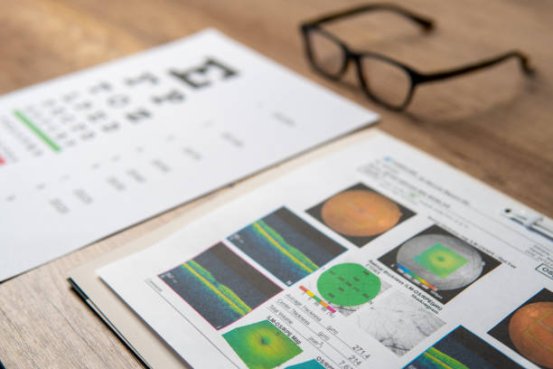Wet age-related macular degeneration (wet AMD) can rapidly impair central vision, making timely intervention essential for preserving sight and overall quality of life.

What is Wet AMD?
Wet AMD develops when abnormal blood vessels grow beneath the retina, leaking fluid that causes swelling and vision distortion. Unlike the slower-progressing dry AMD, wet AMD can lead to sudden vision loss, so early detection is crucial.
Around 10% of AMD patients develop the wet form, usually after age 60, though younger individuals with genetic risk factors may also be affected. Typical symptoms include blurry or distorted central vision and dark spots, highlighting the importance of prompt medical attention.
Anti-VEGF Injections
Anti-vascular endothelial growth factor (anti-VEGF) injections are the primary treatment for wet AMD. Drugs such as ranibizumab (Lucentis) and aflibercept (Eylea) target abnormal blood vessel growth to help preserve or restore vision.
Injections are given directly into the eye, typically starting with monthly doses, followed by maintenance treatments at extended intervals. Studies show high effectiveness, though ongoing therapy is often required. Side effects, including infections or increased intraocular pressure, should be closely monitored.
Laser and Photodynamic Therapy
Laser therapy can treat selected patients by sealing leaking blood vessels, preventing further damage, though it is reserved for specific cases.
Photodynamic therapy (PDT) uses a photosensitive drug activated by laser light to destroy abnormal vessels selectively. Results vary depending on disease stage, but many patients see improvements.
Lifestyle Approaches for Eye Health
Adopting healthy habits can support medical treatment. Diets rich in leafy greens, fruits, and omega-3 fatty acids benefit eye health, while managing weight and blood pressure may slow disease progression.
Routine eye exams enable early detection, UV-blocking sunglasses reduce risk, and quitting smoking helps protect vision. Regular exercise promotes overall well-being and may contribute to slower AMD progression.
Treatment Risks and Side Effects
All therapies carry some risks. Anti-VEGF injections may cause temporary discomfort, blurred vision, or, in rare cases, serious complications such as retinal detachment. Laser therapy may result in scarring or temporary vision changes.
Close collaboration with eye care specialists is essential to weigh benefits and risks, ensuring treatment plans are tailored to individual needs.
Conclusion
Although wet AMD poses significant challenges, it can be effectively managed through a combination of anti-VEGF injections, laser therapy, and PDT. Incorporating healthy lifestyle practices alongside medical treatment enhances outcomes, helping patients preserve vision and maintain quality of life.
